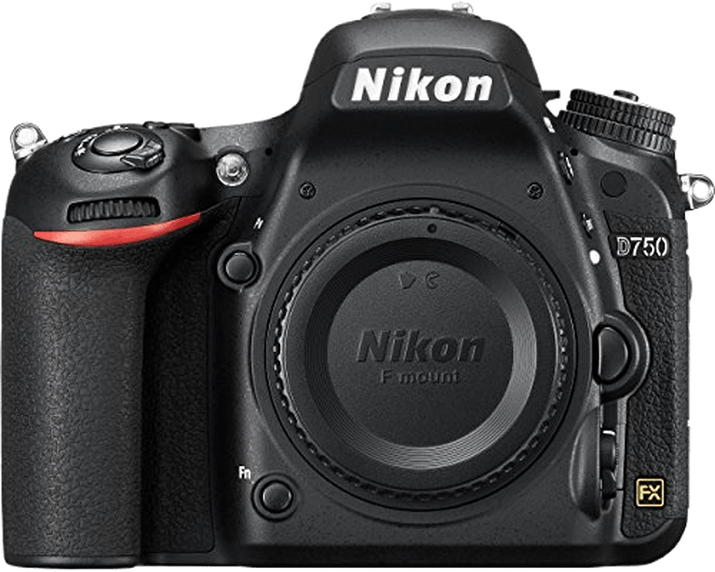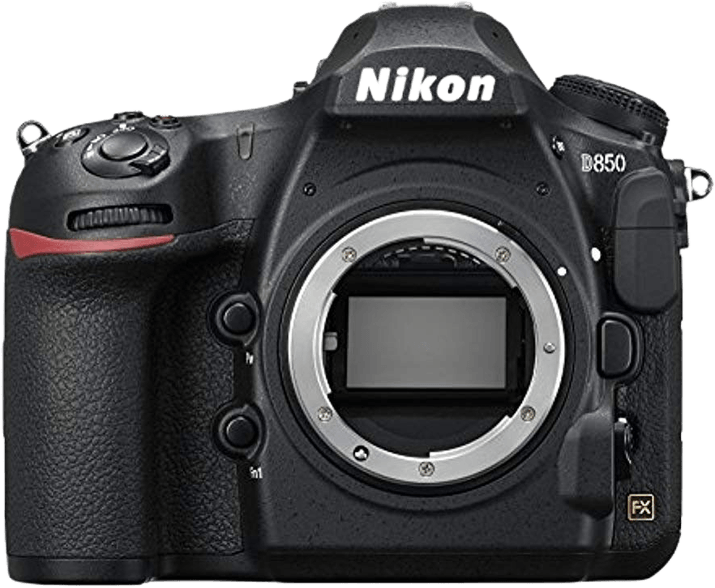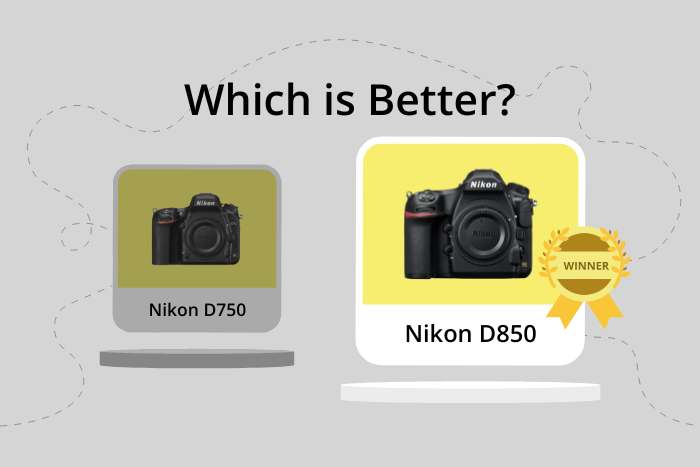Nikon D750 vs D850 Comparison
Nikon D750

Nikon D850

The Nikon D850 emerges as the winner with a score of 82/100, while the Nikon D750 trails behind at 68/100. Both cameras are DSLRs and were released in 2014 and 2017 respectively. They share similar dimensions, with the D850 being slightly larger at 146 x 124 x 79mm compared to the D750 at 141 x 113 x 78mm.
The D850 stands out with its higher launch price of $3300, indicating more advanced features and performance. On the other hand, the D750 is more affordable at $2300, making it a better option for budget-conscious users. Additionally, the D750 is lighter, weighing 750g, while the D850 weighs 1005g, which might be a positive aspect for users who prefer a lighter camera.
Considering the scores and specifications, the Nikon D850 offers superior performance, justifying its higher price. However, the Nikon D750 still holds value for those seeking a more budget-friendly and lightweight option.
Nikon D750 vs D850 Overview and Optics
The Nikon D850 emerges as the winner in the optics comparison with a score of 79/100, while the Nikon D750 scores 71/100. Both cameras share several specifications, including a CMOS sensor type, a Full Frame sensor size, a Nikon F FX lens mount, and no image stabilization.
The D850 outperforms the D750 in several aspects. It boasts a higher resolution of 45.7 megapixels, compared to the D750’s 24.3 megapixels, allowing for more detailed images. The shooting speed of the D850 is also faster at 7 frames per second, as opposed to the D750’s 6.5 frames per second. This speed difference can be crucial in capturing fast-moving subjects. Additionally, the D850 has an improved processor, the Expeed 5, which contributes to better image processing and performance. The D850 also has a higher DXOMARK sensor score of 100, compared to the D750’s score of 93, indicating superior image quality.
On the other hand, the D750 still holds its own with a respectable score of 71/100. It shares many specifications with the D850, such as the sensor type, sensor size, and lens mount. The D750’s lower resolution and shooting speed may be sufficient for certain photographers, depending on their specific needs and preferences.
Taking into account these comparisons, the Nikon D850 proves to be the superior camera in terms of optics, thanks to its higher resolution, faster shooting speed, and better overall performance. However, the Nikon D750 remains a viable option for those who may not require the additional features and performance offered by the D850.
Nikon D750 vs D850 Video Performance
The Nikon D850 outperforms the Nikon D750 in video capabilities, scoring 70/100 compared to the D750’s 56/100. Both cameras share some video features, but the D850 has a clear advantage in certain aspects.
Both the Nikon D750 and D850 have a max video frame rate of 60fps and 30fps, respectively. However, the D850 surpasses the D750 in terms of max video resolution and dimensions. The D850 boasts a 4K resolution (3840 x 2160), while the D750 only offers Full HD (1920 x 1080). This means that the D850 can produce higher quality and more detailed video footage compared to the D750.
Another advantage of the D850 is its built-in time-lapse functionality. This feature allows users to create stunning time-lapse videos without the need for additional equipment or software. The D750, on the other hand, does not have this built-in capability, which may limit its appeal to videographers who value this feature.
Despite its lower video score, the Nikon D750 does offer a higher max video frame rate of 60fps, compared to the D850’s 30fps. This higher frame rate may be beneficial for capturing fast-moving subjects or creating slow-motion footage. However, the trade-off is that the D750’s footage will be at a lower resolution than the D850’s.
Considering the video capabilities of both cameras, the Nikon D850 is the superior choice for videographers seeking higher resolution and built-in time-lapse functionality. While the Nikon D750 does have a higher max video frame rate, its overall video performance is not as strong as the D850’s.
Nikon D750 vs D850 Features and Benefits
The Nikon D850 emerges as the winner in this comparison with a feature score of 87/100, while the Nikon D750 scores 59/100. Both cameras share some specifications, such as a 3.2-inch screen size, absence of GPS, and the presence of WIFI connectivity.
The D850 outperforms the D750 in several aspects. It boasts a higher screen resolution of 2,359,000 dots compared to the D750’s 1,229,000 dots, resulting in clearer images on the screen. Additionally, the D850 has a touchscreen, making it easier to navigate menus and settings. This feature is not present in the D750. In terms of connectivity, the D850 also has Bluetooth, which is absent in the D750, allowing for seamless pairing with compatible devices.
On the other hand, the D750 has a flip screen, which is missing in the D850. This feature allows users to capture images from various angles easily. However, it is important to note that the D850’s superior features far outweigh the advantage of the flip screen in the D750.
Taking these points into account, it is evident that the Nikon D850 is a more advanced camera with better features compared to the Nikon D750. The D850’s higher screen resolution, touchscreen, and Bluetooth connectivity make it a superior choice for photographers. While the D750 has the advantage of a flip screen, it falls short in other essential aspects, making the D850 the clear winner in this comparison.
Nikon D750 vs D850 Storage and Battery
The Nikon D850 outperforms the Nikon D750 in storage and battery, scoring 84/100 compared to the D750’s 79/100. Both cameras share common specifications, such as having two memory card slots and accepting SD, SDHC, and SDXC memory cards. Neither camera offers USB charging.
The D850 excels with its longer battery life, capable of capturing 1840 shots on a single charge, compared to the D750’s 1230 shots. Additionally, the D850 uses the more advanced EN-EL15a battery type and is compatible with UHS-II SD cards and XQD cards, providing faster storage access.
While the D750 falls short in storage and battery, it still offers a decent battery life and supports common memory card formats. Its performance may be adequate for casual photographers or those on a tighter budget.
Considering the storage and battery aspects, the Nikon D850 proves to be the superior choice, especially for professional photographers who require extended battery life and faster storage options. The Nikon D750 remains a viable option for those prioritizing affordability without compromising too much on performance.
Nikon D750 vs D850 Alternatives
Still not sure which camera is right for you? These related camera comparisons may inspire you:

